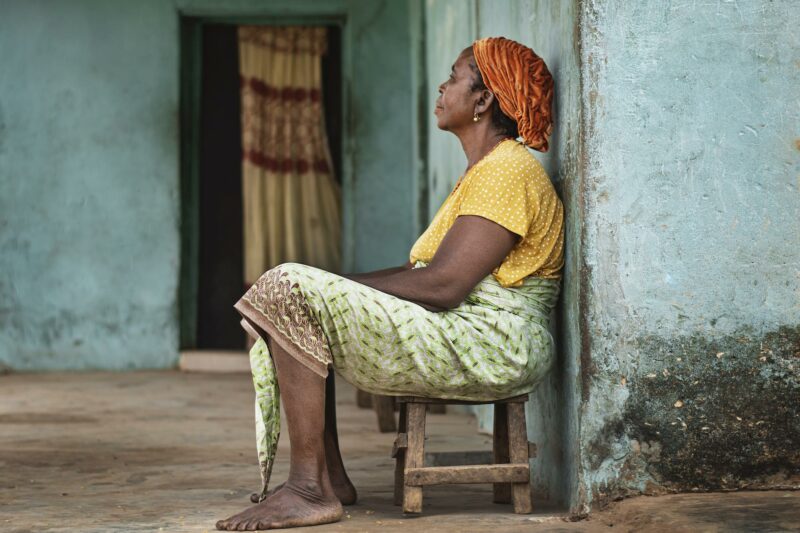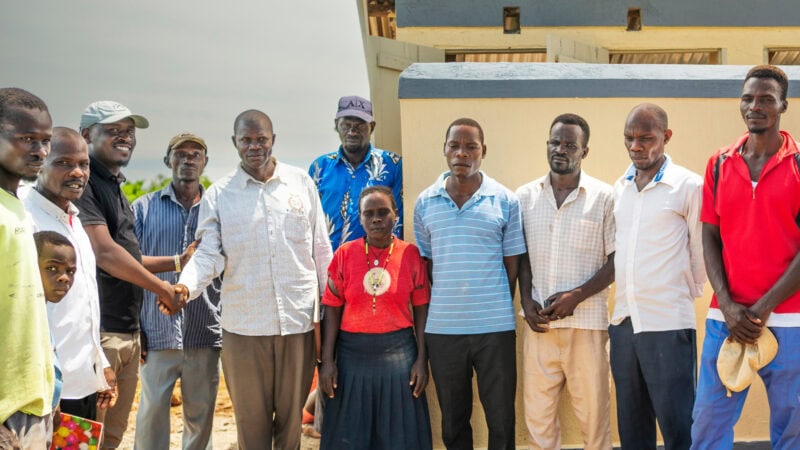As COVID-19 has crept into almost every country across the globe, much of the same prevention advice can be heard regardless of what country you call home—whether it’s the United States, Germany, or Kenya. Stay home, practice social distancing, and wash your hands frequently with soap and water, right?
However, depending on where you live, some of these vitally important precautions are, quite frankly, impossible.
Other precautions that are being taken—for good reason—are already having far-reaching painful ramifications as people are going hungry, have no way to earn what little money they could, and cases of domestic violence are increasing.
It is a very challenging situation. And that’s why the threat of a full-blown COVID-19 outbreak looms so heavily over some developing nations that currently only have a few documented cases.
To understand this better, it’s helpful to get a glimpse of what life is like in some impoverished communities in developing nations.
Approximately 2.5 million Kenyans live in densely populated slums of Nairobi, Kenya. In one slum, Mathare Valley, about 600,000 people live in area of land only about 1.2 by .2 miles wide.
Just knowing that much, the problem of social distancing becomes clear.
Entire families live in one room—6×8, 10×10 or 12×12 are common home sizes—and their neighbors and everybody else in the slum are all right on top of each other.
Unemployment abounds, but for those who are trying hard to earn a living, many work as “day laborers,” meaning they’re living hand-to-mouth and have no option but to go out to work each day to earn a little money to buy food for a day or so at a time.
While Americans can stock up their pantries and fridges with enough food and supplies to last for months, families in Mathare have no savings, and they have no refrigerator. It is literally impossible for Kenyans living in the slums to stay in their homes, keeping away from other people.
Things brings up another massive, heartbreaking impact of the coronavirus on a developing nation: hunger.
Hunger is already familiar foe for many slum residents, but flattening-the-curve measures like closing schools are unfortunately causing more children to go hungry.
Some schools offer feeding programs and there are children who desperately rely on them for nourishment twice a day. However, in an effort to prevent the spread of COVID-19, Kenyan schools have closed, meaning children have been cut off from their primary source of food, and the burden falls back on their parents, who already live on the brink of survival. (At press time, some program leaders are strategizing what can be done to fill this gap, so please pray that the Lord gives them wisdom.)
Another added challenge to health and COVID-19 prevention is access to water and good sanitation.
Dark trickling, filth-filled water runs freely in the dirt streets of the slum. Sanitation is clearly an issue. In general, households do not have indoor plumbing or electricity. There are some community toilets and showers, but they can be inconvenient to get to, or cost money, or sometimes even be unsafe for women and girls to go to. Some people simply go to the bathroom in a plastic bag and fling it anywhere.
Just 29% of Kenyans have access to sanitary services, according to a recent World Health Organization and UNICEF report.
Handwashing is a vital part of coronavirus prevention, but, as simple as it sounds, it can be a major challenge for people who don’t live near a water source.
Residents of urban slums like Mathare don’t have indoor plumbing. They take buckets and plastic containers to a public water source, perhaps pay for the water, and then haul their heavy loads back home. It may or may not be clean. They may have to add a chlorine treatment or boil it before drinking it.
They have to do this every. day.
Telling them to get even more water for the entire family to frequently wash their hands (for at least 20 seconds every time) is no small task.
Only “36% of households in [slums] have access to in-house or in-compound piped drinking water,” compared to 84% in “formal settlements,” according to a study by a New York professor.
How people get their water in a slum may vary, but there is one constant for the majority of residents: it is not easy. But, even more concerning in a time of COVID-19, is the fact that it requires people to go out and spend time in close contact with others who may be infected.
When social distancing is impossible, frequent handwashing is a huge challenge, and children are going hungry, two things are evident:
- the typical preventative actions are not easily achieved, and can heavily add to the burden of people’s everyday lives
- the highly contagious nature of COVID-19 is what makes the threat of an outbreak in a densely populated slum so serious and potentially devastating
There is no safe place for these vulnerable people to escape to.
Challenging as it may be, proactive awareness campaigns and prevention is critical at this time when COVID-19 has just started creeping into developing nations like Kenya. Pray for wisdom for government, community leaders and pastors. Pray for the men and women who are struggling to survive while keeping their families safe. And pray for the hungry, scared children who can no longer go to school and are missing the food they depend on.





